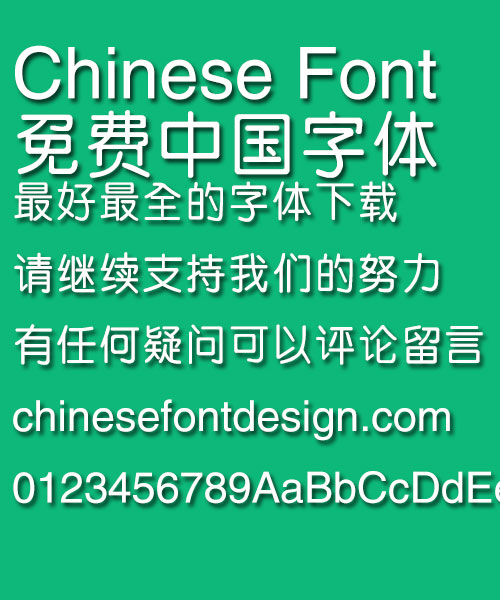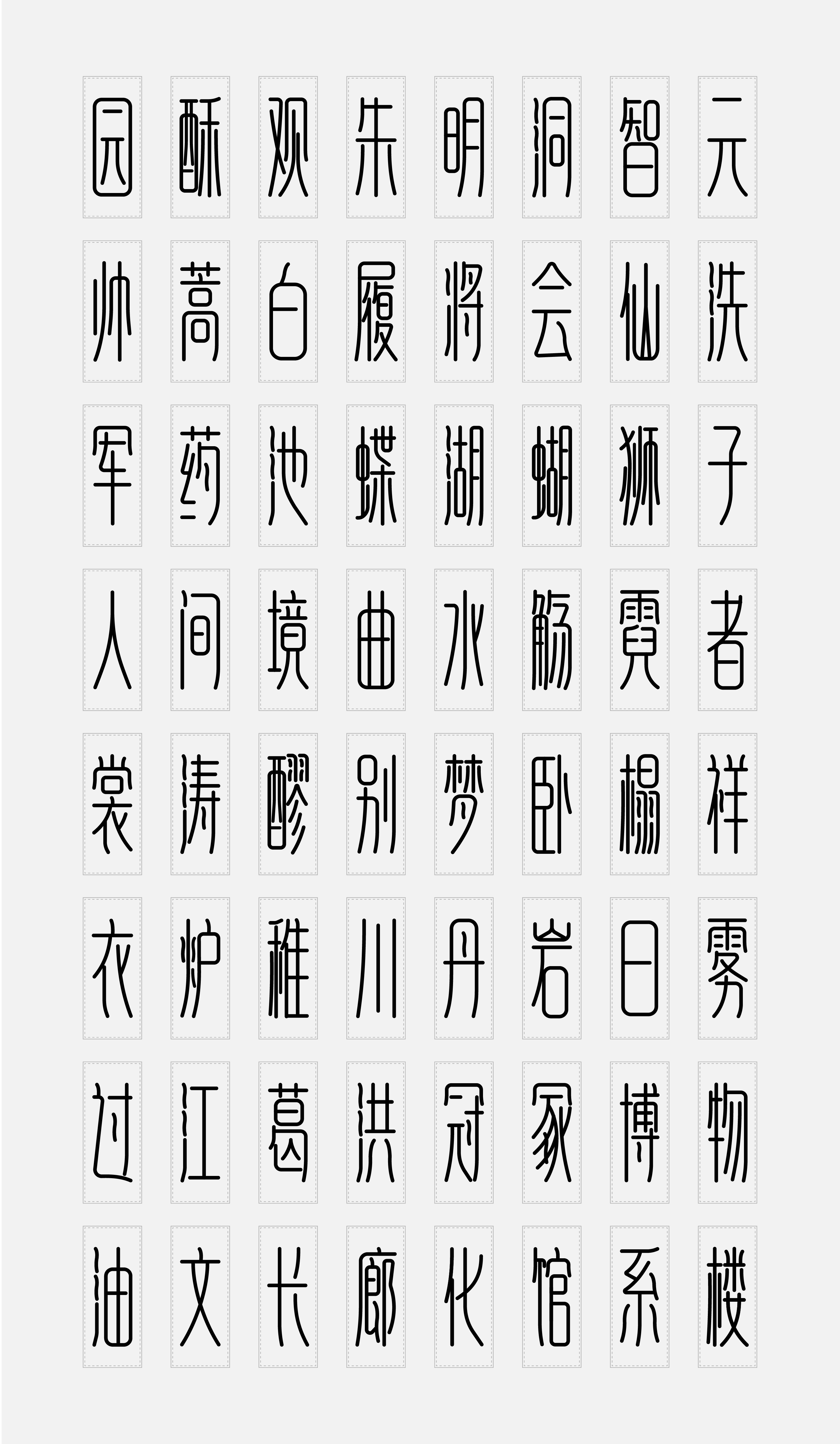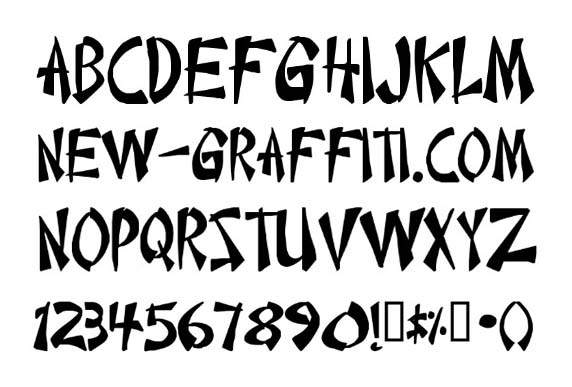

The list of Chinese radicals is a rough equivalent of a Chinese "alphabet." Every Chinese character is sorted by the number of strokes (筆劃) and then by the fixed radical order for characters with the same number of strokes.

The radical (部首) is an essential element of the Chinese dictionary. Here are ten of the most important aspects to keep in mind. HanaMinA (Japanese 花園明朝A) for BMP and HanaMinB (Japanese 花園明朝B) for SIP – covers all CJK, CJK Compatibility, CJK-Ext.A, CJK-Ext.B, CJK-Ext.C, CJK-Ext.D, CJK-Ext.E, and CJK-Ext.F.Are you helping with translation into Traditional Chinese, but don't have time to study all aspects of the Traditional Chinese Style Guide? Hanazono Font License or SIL Open Font License Shown here are its forms in (from top to bottom): Simplified Chinese, Traditional Chinese, and Japanese.

See also: Ming (typefaces) Sample of Ming typeface. means it was formerly seen as FOSS but has been involved in a legal controversy. means the font is free and open-source software (FOSS).
Pan-CJK: intended to support the majority of Chinese/Japanese/Korean characters, and not specifically designed for any one of these writing systems. Pan-Unicode: intended to globally support the majority of Unicode's characters, and not specifically designed for one or a few writing systems (note that Pan-Unicode font ≠ Unicode font ). Vietnamese: for the Nom script formerly used. The following localization table shortens simplified Chinese to SC and traditional Chinese to TC. Traditional Chinese (Hong Kong, using education standard: List of Graphemes of Commonly-Used Chinese Characters, Chinese: 常用字字形表). Traditional Chinese (Taiwan, using education standard: Standard Form of National Characters, Chinese: 國字標準字體). Traditional Chinese (General, using printing standard or jiu zixing, Chinese: 舊字形). This can be subdivided into the following classification: The fonts are then sorted by their target writing system: This article name the two first classes Ming and sans-serif (gothic) while further divide the "script" into several Chinese script styles. These fonts are primarily sorted by their typeface, the main classes being "with serif", "without serif" and "script". This is a list of notable CJK fonts ( computer fonts with a large range of Chinese/Japanese/Korean characters). From left to right: sans-serif (gothic), Ming, regular script, clerical script and seal script The first four characters of Thousand Character Classic in different typeface styles, script styles and type styles. JSTOR ( May 2012) ( Learn how and when to remove this template message). Unsourced material may be challenged and removed.įind sources: "List of CJK fonts" – news Please help improve this article by adding citations to reliable sources. 
This article needs additional citations for verification.








 0 kommentar(er)
0 kommentar(er)
